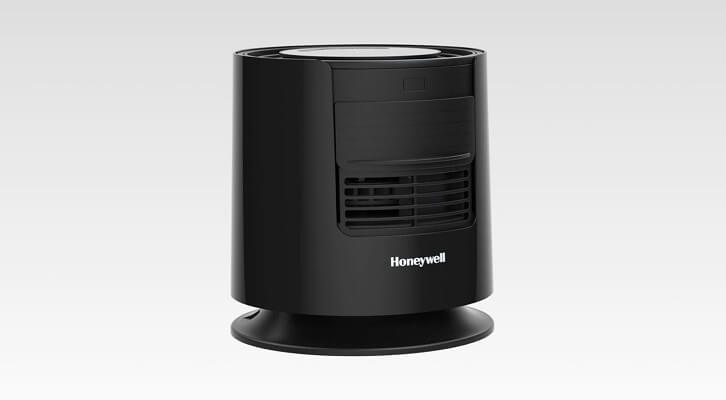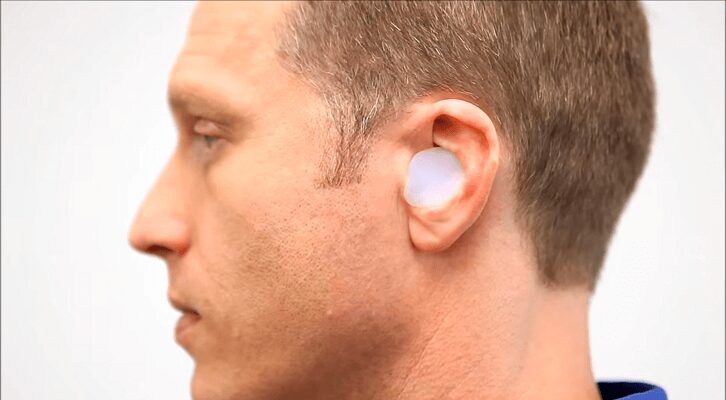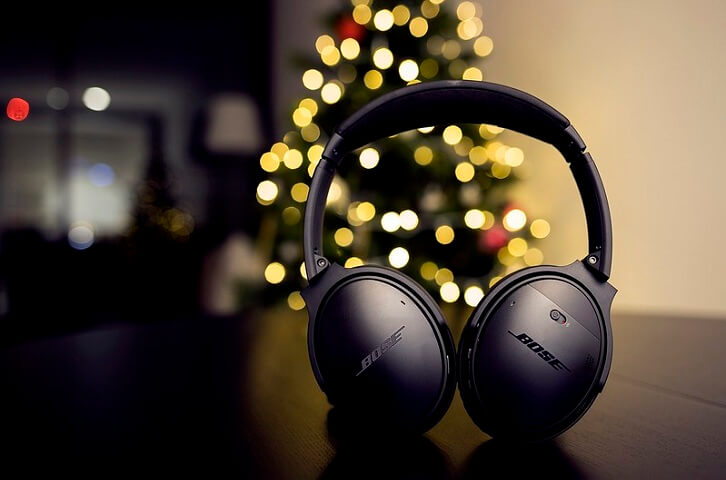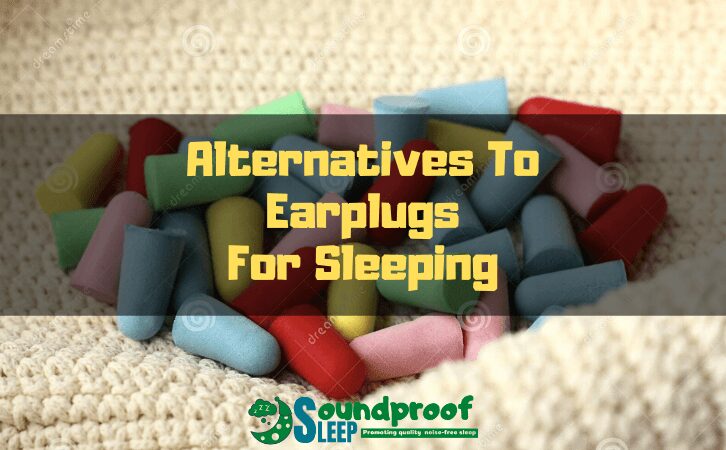Earplugs are great to block out noise when sleeping. However, if they get uncomfortable after a while or your ears are prone to infection when stuff goes in, then you need alternatives. Discomfort and sore ears should not be a problem when you are sleeping. In this article, I’ll show you some alternative to earplugs for sleeping.
Here are six good alternatives to earplugs for sleeping.
- Sleeping Sound Machines
- Silicone Putty/Moldable Earplugs
- Sleep Headphones/Headband Headphones
- Earmuffs
- Noise-canceling Headphones
- Soundproofing
The Six Alternatives to Earplugs for Sleeping
[sta_anchor id=”sleeping-sound-machines”]1. Sleeping Sound Machines[/sta_anchor]
Earplugs block out noise by blocking the ear canal. However, if you experience discomfort when using them, sound machines for sleeping are a good alternative. The market has numerous sound machines, but do they help you sleep better?
The answer is Yes, and I’ll explain to why.
If you live in a busy developing city like me, you know noise is one of the main disruptors of sleep. In the bedroom, where it is too quiet, a person’s hearing becomes amplified and you can hear noise and other sounds more clearly. A sound machine does not work by eliminating noise. However, it can help by distracting you and making noise less noticeable to you.
In a study to determine the effect of sound machines on the quality of sleep in patients, patients using white noise machines reported sleeping better. It was therefore recommended that sound machines be used as a method of masking environmental noise and improve sleep.
If you decide to give sound machines a try, there are a lot of options in the market. Picking out one to help with sleep can be overwhelming. here are a few tips to help you steer int the right direction.

There are three types of noises available from noise machines and these are white, pink, and brown.
White Noise Machines produce a type of sound that mathematically qualifies as “white noise”. This sound is alike to the static sound you hear when the radio is tuned to an unused frequency. If you are old enough, you can remember when your television had no signal which would result in a black and white grainy appearance. The sound produced is essentially what white noise is.
Pink Noise Machines produce a sound that is more natural compared to white noise. It is a mix of high and low frequencies and is more soothing than white noise. An example of pink noise is a steady wind. I would suggest picking a pick noise machine over any other sound machine.
Brown noise machines have more energy than white noise and pink noise, particularly in the lower frequencies. For brown noise, think of a strong waterfall or strong wind.
For my suggested sound machines, I recommend the Honeywell DreamWeaver pink noise machine. The SNOOZ White Noise Sound Machine is a great option if you are looking for a white noise option. The cheaper Adaptive Sound Technologies LectroFan also does a good job of drowning outside noise.
[sta_anchor id=”silicone-putty-moldable-earplugs”]2. Silicone Putty/Moldable Earplugs[/sta_anchor]
Earplugs for sleeping are normally associated with foam earplugs. Foam earplugs usually go into the ear canal to work effectively. However, because they are hard, which results in pressure build-up with pain and sore ears as a result.

To help with pressure build-up and if you hate anything going into the ear canal, moldable earplugs or silicone putty are two great options. A good example is Mack’s Pillow Soft Silicone Earplugs. These are soft and very comfortable. They do not penetrate the ear canal and the moldable shape makes them great for every individual ear.
Apart from comfort, the best part of moldable earplugs is noise reduction. They are very effective and can block noise without degrading your comfort. For reusable a good moldable reusable earplug the Ohropax Reusable Wax/cotton Ear Plugs are a solid choice you can try.
[sta_anchor id=”sleep-headband-headphones”]3. Sleep Headphones/Headband Headphones[/sta_anchor]
Sleep headphones, unlike traditional headphones that feature on this list, are made to be bed-friendly for improved comfort when lying down. A good example would be the AcousticSheep SleepPhones Headphones for Sleep. Unlike traditional headphones, they do not sit on top of your head.
SleepPhones are made in the design of a headband. The headphone drivers are small to enable a person to rest without feeling uncomfortable. These are perfect for even side sleepers who can use them without worrying about comfort. Apart from helping drown the noise, headband headphones as I call them are also great for relaxation, meditation, or when working out.
Currently, I use the SleepPhones Wireless which works well. However, there are expensive and I have seen some alternative options with good reviews out there. Both Lavince Sleep Headphones and CozyPhones Sleep Headphones seem like good options if you are looking for cheap sleeping neckband headphones.
4. [sta_anchor id=”earmuffs”]Earmuffs[/sta_anchor]
Earmuffs are good at blocking out noise and protecting your ears against damage when dealing with a loud noise. However, are earmuffs good for sleeping?
The answer to this question is largely dependant on how you sleep. For back sleepers, earmuffs offer good passive noise isolation to block out noise when sleeping. This is because most of them are big, have dense materials, and work very well for blocking out noise. For side sleepers, earmuffs or headphones are not the best options.
I managed to spot a few slim earmuffs that side sleepers can try. The Howard Leight by Honeywell and Walker’s Razor Slim Electronic Hearing Protection Muffs both look like good options you can try if you are a side sleeper.
A Kickstarter project by Hibermate, The World’s First Super-Soft Ear Muff for Sleeping, seems like a good start to offer side sleepers an earmuff option. However, going by the reviews and comments on the project, I would wait for a few updates on the product before ordering one myself.
[sta_anchor id=”noise-canceling-headphones”]5. Noise-canceling Headphones[/sta_anchor]
Noise-canceling headphones come in either active or passive canceling headphones. Both active Noise-canceling headphones and noise isolating headphones are good at canceling noise and other sounds in the environment.
Active noise-canceling headphones are headphones that come with an extra circuity and microphone that helps in canceling out unwanted sounds from entering your ear. How active noise-canceling works is first by picking noise or other sounds using a microphone. The noise is then passed to the noise-canceling circuitry where an identical out of phase sound is generated to cancel ambient noise.

Passive noise-canceling headphones, on the other hand, block out noise through physical means. They are like earmuffs, but better designed for style and have the headphone drivers.
Two of the most recommended active noise-canceling headphones include the Bose QuietComfort 35 II wireless, and the Sony WH-1000XM3. However, for side sleepers, headphones are not recommended. But if you want some solid options to check out try the Beyerdynamic DT 770, which are built like a tank and also super comfy.
6. [sta_anchor id=”soundproofing”]Soundproofing[/sta_anchor]
Soundproofing, and in this case soundproofing your bedroom is the last alternative you can try. It is not last because it is an ineffective option. However, considering alternatives to earplugs, soundproofing a room might come out as a very pricey option to choose from. When done right, soundproofing can have the best results of blocking out outside noise.
The door and windows should be a priority when soundproofing a room. This is because they are the biggest culprits that let ambient noise into a room.
In my case, my windows face a busy street. Though some methods which I tried such as installing NICETOWN 3 Pass Microfiber Noise Reducing curtains worked, the curtains were not effective in completely blocking out noise. One of the best ways of soundproofing a window that I would recommend is installing a window plug. I found a window plug great because I used it mainly at night when I was at home. However, if you are at home and use your bedroom during the day, a window plug will also block the light. other options you can try out include installing a double-pane window. See our in-depth article on how to soundproof a window.
For a door, sealing gaps around it by using caulk or a weather stripping tape goes a long way in blocking noise. Adding a soundproof door draft stopper under the door will also help block noise from the outside. Bedroom doors usually do not need much soundproofing because they are not exposed to noise sources. However, if you need to soundproof a door check our detailed guide on how to go about it.
Walls can also let in sound into a room. There are several ways you can handle sound through a floor. If you are willing to go the expensive way, I would advise decoupling the walls or using a staggered stud wall in your bedroom. Cheap ways of soundproofing a wall include adding mass or using recycled cotton batts to absorb noise inside the wall. Check our other ways you can soundproof a wall.
Wrapping Up
Having a good night’s sleep should not be hard. Earplugs, though great at blocking out noise, can be quite uncomfortable for some people. Overall, I hope one of these six earplugs alternatives can help you sleep better.
Did I miss any other alternatives you have tried? Comment below to help other users and keep this conversation going.

